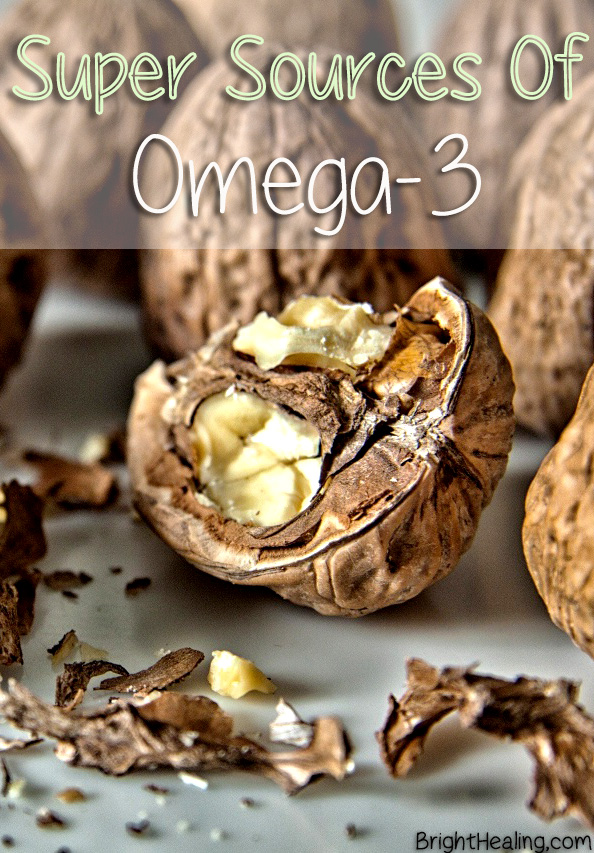The benefits of omega-3 fatty acids are well-documented: Two types—docosahexaenoic acid (DHA) and eicosapentaenoic acid (EPA)—may help prevent coronary disease, Alzheimer’s disease, and depression. And higher blood levels of omega-3’s has been associated with increased longevity.
Omega-3 oils can come from marine, animal and plant sources. You should try to include omega-3 oils from all of these sources as part of a healthy eating pattern.
Foods Highest in Total Omega-3 Fatty Acids
Seafood—You should eat fish a couple times a week. The federal government’s latest dietary guidelines, released in early 2011, suggest a specific amount—8 ounces a week—to get an average total daily intake of 250 mg. of eicosapentaenoic acid (EPA) and docosahexaenoic acid (DHA), two main types of omega-3s. Here’s a look at some popular fish and shellfish and their approximate total content of those two fatty acids per 4-ounce portion:
– Salmon (Atlantic, Chinook, Coho): 1,200-2,400 mg.
– Anchovies: 2,300-2,400 mg.
– Bluefin tuna: 1,700 mg; yellowfin tuna: 150-350; canned: 150-300 mg.
– Sardines: 1,100-1,600 mg.
– Trout: 1,000-1,100 mg.
– Crab: 200-550 mg.
– Cod: 200 mg.
– Scallops: 200 mg.
– Lobsters: 200 mg.
– Tilapia: 150 mg.
– Shrimp: 100 mg.

Enriched Eggs—Omega 3-enriched eggs contain all three types of omega-3 fatty acids, thanks to adding flaxseed or algae to the diets of egg-producing hens. These specialty eggs contain about 60-150 milligrams of omega 3s per egg. That may seem like a small amount compared to these other sources, but it’s still three times the omega 3s you’d find in ordinary eggs, making enriched eggs another convenient way to get your omega 3s if you’re not a fish eater. Up to 4 of these eggs weekly can easily fit into your heart-healthy lifestyle, according to the American Heart Association.
Walnuts—Another excellent source of ALA (2,600 mg in 1 oz), walnuts can be sprinkled on salads, cereal, oatmeal and added to your favorite baked goods. Other nuts that contain omega 3s include pecans and butternuts (also called white walnuts).
Grass-Fed Beef —Grass itself is actually a good source of omega-3’s. So when cows or even bison eat a grass-based diet, the resulting meat ends up being a good source of the fatty acids.
Mustard Oil—One tablespoon of mustard oil has 826 mg Omega 3s; however, mustard oil should not be used in higher doses due to possible liver toxicity.
Tofu—One four ounce serving of tofu contains 600 mg of Omega 3s.
Blueberries—One cup of fresh blueberries contains 174 mg of Omega 3s.
Why are omega 3 fatty acids good?
Omega 3 is good for your overall health – especially for the brain and your heart. Below are some additional facts.
– Consuming foods rich in omega 3 is good when experiencing inflammation,
– It eases muscle and joint pain,
– It increases the content of good cholesterol and decreases the content of bad cholesterol in blood,
– It improves skin health,
– It helps maintain cell structure and function, keeping skin moisturized, smooth and healthy,
– It has an anti-inflammatory effect on the skin, providing relief from the symptoms associated with psoriasis,
– It can improve the skin cell proliferative activity and therefore decrease scaling.
